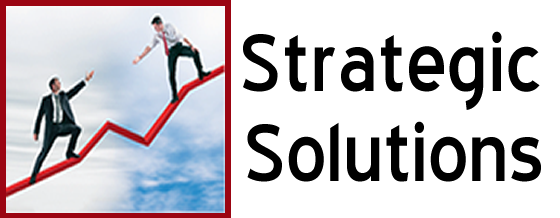Don’t Get Stuck on How: Focus on Why
The biggest questions a business has is ‘How are we going to get customers in the door, how do we get them to buy, and how do we keep them coming back.’
I’m not talking about having a fire sale every week or giving away a free lunch to people you’ll never see again.
I’m talking about attracting the right people – those who feel they know you and what you stand for. Those who wouldn’t consider buying from anyone but you.
Some companies can do it.
People who buy IPhones love the brand so much they buy everything Apple produces.
People who drink Starbucks are very opinionated about why it’s better than other brands.
People who’ve stepped out of the box to purchase eyeglass frames on line from Warby Parker no longer consider purchasing frames anywhere else.
There must be over 100 search engines out there, but why do we instinctively go to Google, and why do we say we’ll ‘google it’ even if we use a different one?
Why do we love Amazon?
How come young and old like love Disneyland?
Why do some people insist on buying their eyeglasses from Warby Parker?
These brands don’t have an identity problem. We know who they are. They’ve given us their ‘why,’ and we’ve given them our trust. We feel emotionally involved and connected to their sense of purpose. We feel confident in their ability to ‘produce’ for us because they’ve never let us down and they’ve let us know through their actions that they believe in a cause greater than our own.
As businesses we define ourselves through our vision statement. That’s how we identify the our purpose. It’s a very personal thing and we convey it in personal terms. We know what we mean. But our fault is that we oftentimes forget that other people translate it in their own terms and that’s where we miss the mark. To make meaning for others we need to think outside of ourselves, and convey our vision, not in terms of ourselves but in a manner relatable to what the customer wants to hear feel. And, what they want to feel is that you’re not in it for yourself. You’re in it for them, and you’re in it for the greater good.
Once you do that, you’ll begin to attract the right audience for your product, and your responsibility to them and for the good of your business, is to let them believe through your actions, that you’re the living embodiment of your vision.
Take the brands I’ve mentioned above. Each of their vision statements is crafted in terms of the common good. Each of their statements speaks to their ‘why.’ Read them and be inspired. Remember, people don’t but what you do. They buy why you do what you do.
- “Everything we do we believe in challenging the status quo thinking differently. · The way we challenge the status quo is we make our products beautifully designed, simple to use, and user friendly.We just happen to make computers—wanna buy one?” Apple
- “Our vision is to be earth’s most customer centric company; to build a place where people can come to find and discover anything they might want to buy online.” Amazon
- “To organize all of the data in the world and make it accessible for everyone in a useful way.” Google
- “To make people happy” Walt Disney
- To inspire and nurture the human spirit – one person, one cup and one neighborhood at a time.” Starbucks
- Warby Parker makes us part of their story: “We believe that buying glasses should be easy and fun. It should leave you happy and good-looking, with money in your pocket. We also believe that everyone has the right to see.” Similar to Tom’s shoes, for every pair of glasses sold, they donate glasses to millions of people globally with no access to eyewear, and to help sustain local economies, they partner with non-profits to train local entrepreneurs to establish their own eyeglass businesses.
How can you formulate a vision that will make the quality of life better not only for yourself, but for the good of all? Start with “why.” Listen to Simon Sinek: http://youtu.be/u4ZoJKF_VuA.
